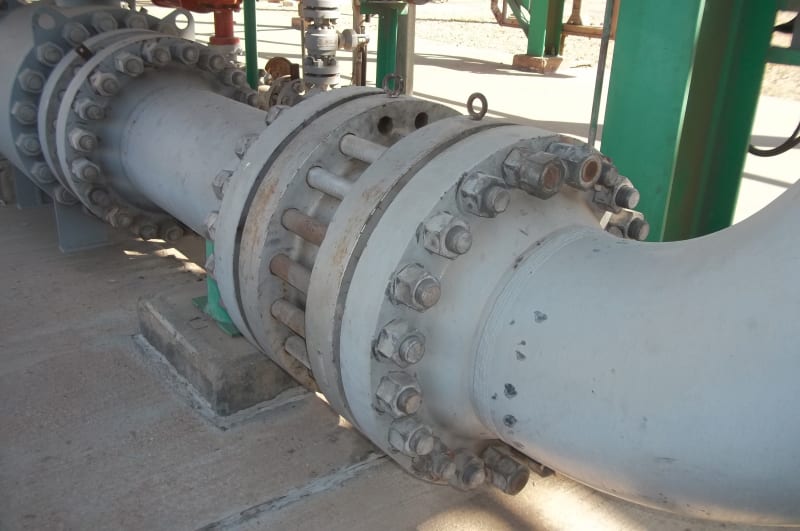Ahmed Mohamed
Petroleum
- May 26, 2024
- 4
There's a wafer check valve # 900 which is installed with four semi-attached stud bolts (Locations # 1,2,15,16).
The valve is installed on a high pressure gas piping system with design pressure 110 bar & operating temp. 54 C
Even though the outer diameter of the four holes (53.5mm) is larger than the diameter of the bolt (51mm), the inner diameter of the four holes (47 mm) is smaller than the diameter of the bolt (51mm).
Also it is believed that these holes are threaded through half of the hole groove.
I need to know if there's a standard for the design of such flanges ( half groove threaded holes ) and to confirm that there is NO overload on the other stud bolts.
The valve is installed on a high pressure gas piping system with design pressure 110 bar & operating temp. 54 C
Even though the outer diameter of the four holes (53.5mm) is larger than the diameter of the bolt (51mm), the inner diameter of the four holes (47 mm) is smaller than the diameter of the bolt (51mm).
Also it is believed that these holes are threaded through half of the hole groove.
I need to know if there's a standard for the design of such flanges ( half groove threaded holes ) and to confirm that there is NO overload on the other stud bolts.

